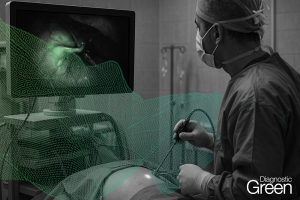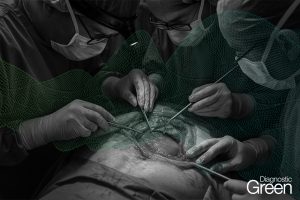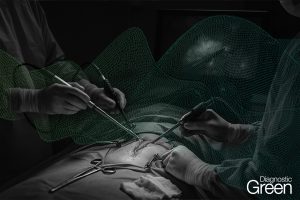Background: Intra-abdominal infection can be an onerous and fatal complication of radical gastrectomy for gastric cancer. High drain amylase levels are closely related to pancreatic damage and intra-abdominal infection. We aimed to investigate whether robotic radical gastrectomy with lymph node mapping by indocyanine green tracer reduces drain amylase levels.
Methods: Between March 2019 and July 2024, patients at our institution with clinical tumor stage cT1-T4a, N0/+, M0, and possibly treatable gastric cancer were enrolled in this study and divided into the indocyanine green group or the non-indocyanine green group based on the use of indocyanine green. One day before surgery, the patients in the indocyanine green group underwent endoscopic peritumoral injection of indocyanine green into the submucosa. Drain amylase levels on postoperative days 1 and 3, postoperative intra-abdominal infection, and perioperative outcomes were compared between the 2 groups.
Results: There were no significant differences in patient background and pathologic factors between the 2 groups. Drain amylase levels on postoperative days 1 and 3 were significantly lower in the indocyanine green group than in the non-indocyanine green group, and postoperative hospital stay was shorter. The incidence of intra-abdominal infection was also significantly lower in the indocyanine green group than in the non-indocyanine green group. However, multivariate analysis of intra-abdominal infection showed a drain amylase level of 200 IU/L or higher on postoperative day 3 to be an independent risk factor for postoperative intra-abdominal infection, whereas indocyanine green use was not.
Conclusion: This study showed the clinical usefulness of robotic radical gastrectomy with lymph node mapping by indocyanine green. This procedure can reduce drain amylase levels and consequently may reduce the incidence of intra-abdominal infection.




